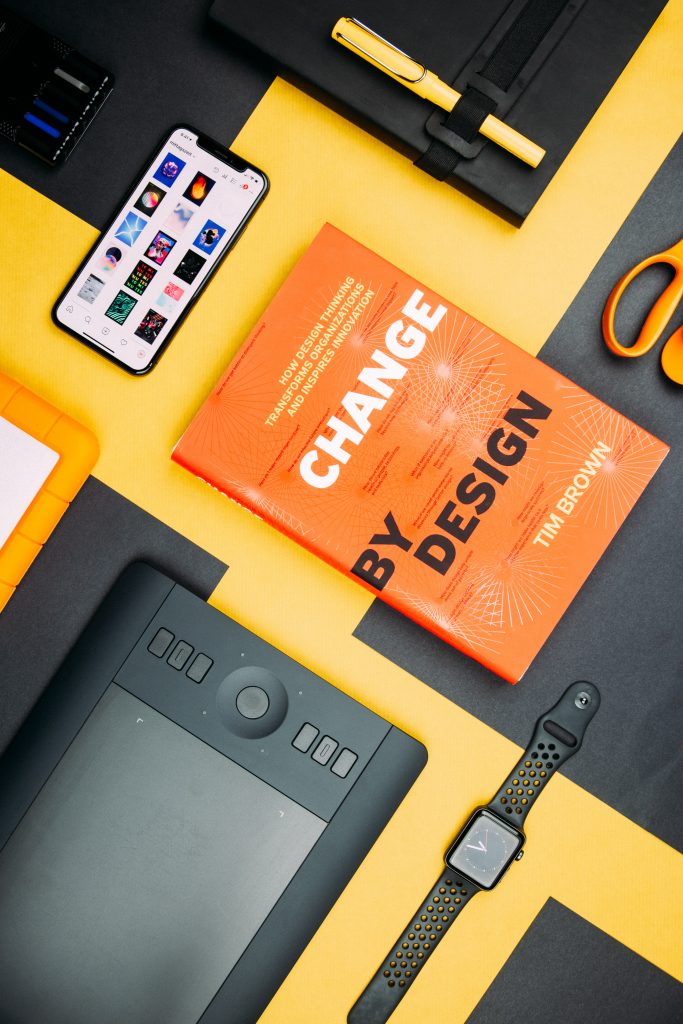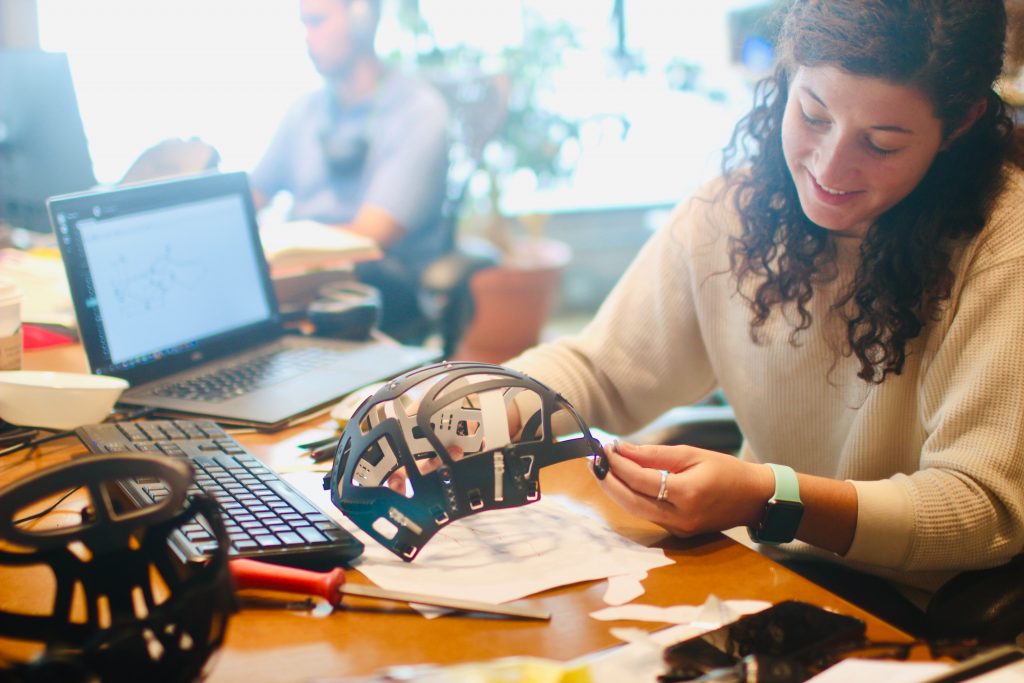Design Thinking Process: Why It Works and How You Can Use It
Design thinking is a problem-solving approach that puts users’ needs first. Unlike traditional design methods, which focus on what is technically possible or feasible, design thinking starts with understanding the user’s needs and then seeks to find the best way to meet those needs. In other words, it’s user-centric, not technology-centric.
That might sound like common sense, but it’s a fairly radical departure from how most businesses operate. Most businesses are focused on meeting their own needs (i.e., making money) rather than the needs of their customers or users. As a result, they often end up creating products or services that no one wants or needs. Design thinking helps you avoid that pitfall by putting users’ needs at the center of everything you do.
The Origins of Design Thinking
Design thinking has roots in engineering and product design, but it has since been adopted by many organizations, from startups to Fortune 500 companies. One of the earliest advocates of design thinking was IDEO founder David Kelley, who began using the approach as an industrial designer in the early 1980s. Kelley recognized that successful product design required more than just technical expertise; it required an understanding of human psychology and behavior. He formalized his approach in IDEO’s “Human-Centered Design Kit,” which has been used by hundreds of organizations around the world to solve complex problems.

How Design Thinking Works
Design thinking follows a specific process: empathize, define, ideate, prototype, and test. This process is often represented as a circle (or double diamond), with each stage feeding into the next.
Empathy for Users
The first step of design thinking is empathy, which means putting yourself in the user’s shoes and understanding their needs. This step is crucial to create solutions that users will want to use. Businesses often create products or services without considering users’ needs or want. As a result, they end up with something that no one wants to use. By taking the time to understand your users, you can avoid this pitfall and create something that they’ll love.
Creative Problem Solving
After empathy comes creative problem-solving. This is where you take everything you’ve learned about the user and use it to generate new ideas. The key here is to think outside the box and come up with creative solutions that this the first time anyone has thought of. This can be challenging, but creating truly innovative products or services is essential.
Iterative Prototyping
The third step is iterative prototyping, which means creating a prototype of your solution and testing it with users. This gives you valuable feedback that you can use to improve your prototype until it’s perfect. Again, the focus here is on the user and ensuring that your solution meets their needs.

Design thinking is a powerful tool for solving complex problems. By starting with an understanding of users’ needs, design thinkers can develop creative solutions that meet those needs in ways that are both effective and appealing. Consider using design thinking to find a solution if you’re facing a complex problem, whether in your personal life or your business.